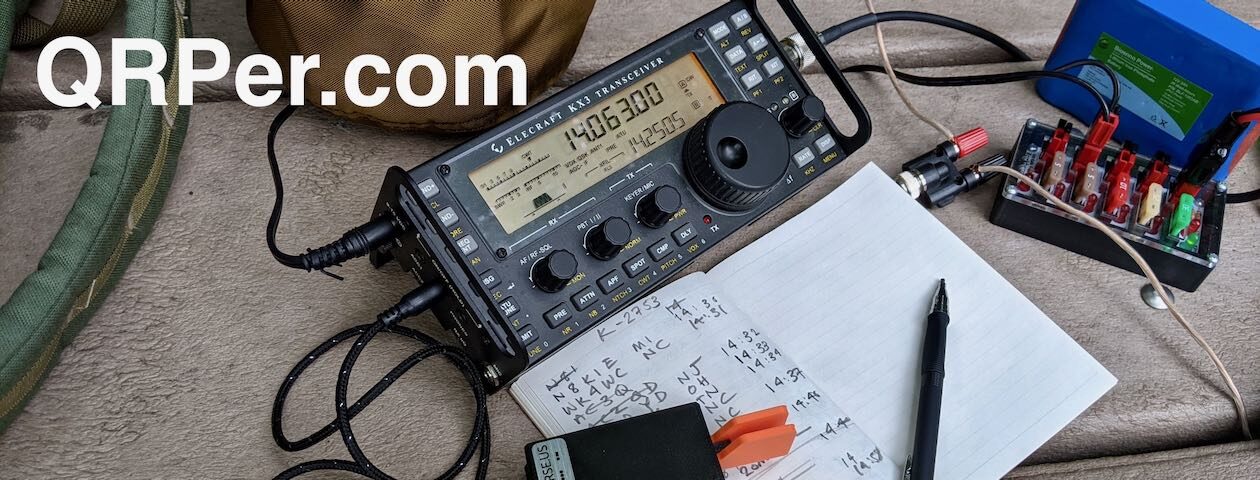As always there are lots of links within the article. Click one! Click them all! Learn all the things! ?
by Vince (VE6LK)
In August and September 2024 I was travelling around Southern Ontario for some family matters and naturally I brought my radio kit with me to squeeze in some radio therapy stops along the way. This is the report of my stop at CA-5367, McQuesten House / Whitehern National Historic Site.

This site is located in downtown Hamilton and among the tall building and features a walled rear garden. It is open to all visitors and there is no fee to visit the facility. This two-storey neoclassical house was the home of a prominent family, the McQuestens, and retains many of its original Victorian and Edwardian fittings and furnishings. It is now a museum open to the public.
 This activation was strictly by chance and I had less than an hour before I was due to be someplace else. I did not check the solar conditions in advance nor anything about the site. Sometimes just showing up is fun in and of itself, am I right? So I found my way around to the rear garden and found a bench in an out-of-the-way corner and set up for a low impact activation.
This activation was strictly by chance and I had less than an hour before I was due to be someplace else. I did not check the solar conditions in advance nor anything about the site. Sometimes just showing up is fun in and of itself, am I right? So I found my way around to the rear garden and found a bench in an out-of-the-way corner and set up for a low impact activation.
I deployed my AX1 on it’s small tripod and placed it on the ground and ran out a 20m counterpoise wire beside the walking path. I set myself and the radio gear on a park bench along the path. It truly felt like a small enclave!
After calling for 10 minutes with zero replies I checked the solar conditions and see that a small flare had just hit. That might explain the soft conditions, and combined with the compromised antenna and its close proximity to me. I moved the antenna away from me as far as the feedline would allow. Only then was I able to log just a few contacts and those were hard-fought. Then I ran out of time.


List of gear used for these activations:
Note: All Amazon links are affiliate links that support QRPer.com at no cost to you.
- Elecraft KX3
- Elecraft AX1 antenna
- Charmast 100W battery
- Palm Pico Paddle
- 35′ RG-174 feedline with a FT-140-43 toroid at one end
- Leadsound 3W portable speaker
- Bass Pro Shops Extreme tackle bag 3600 size
Summary
I’ve spoken before about “getting to 10” with a POTA activation. For me, that’s always one of my goals. But it isn’t the only goal. I also enjoy the new scenery, the journey, the research and the challenge. This visit was high on the scenery and the challenge end of the scale for sure.
72 and dit dit,
…Vince
First introduced to the magic of radio by a family member in 1969, Vince has been active in the hobby since 2002. He is an Accredited examiner in Canada and the USA, operates on almost all of the modes, and is continually working on making his CW proficiency suck less. He participates in public service events around Western Canada and is active on the air while glamping, mobile, at home or doing a POTA activation. You can hear him on the Ham Radio Workbench podcast, follow him on Twitter @VE6LK, check out his YouTube channel, and view the projects and articles on his website.
























































